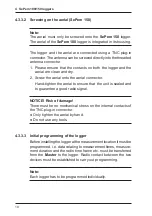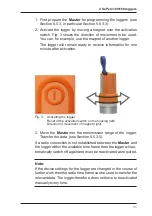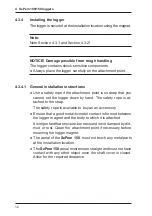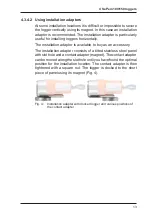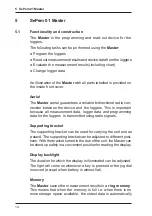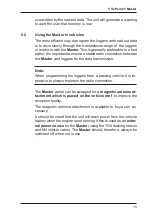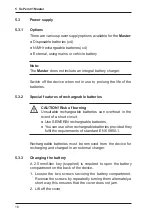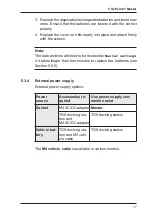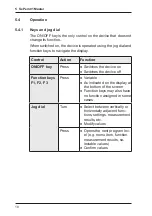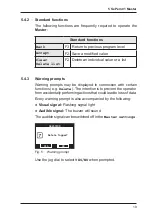
6
3 SePem system
3.3.3
Principles of leak detection
Various methods are used to detect a leak.
Note:
Leak alerts will not be issued if there is background noise (fre-
quency 50Hz or 100Hz).
Please refer also to the information on interpreting measurement
results and leak alerts in Section 5.5.2.3 – Section 5.5.2.5.
3.3.3.1 Leak detection in mobile mode
In order to determine whether or not the measurement data re-
corded by a logger used as a mobile unit indicates a leak, an
alarm threshold is specified in the
Master
(
absolute value
). If the
minimum noise level measured exceeds the specified threshold
value then the operator will be alerted to a leak.
The level that is set for the alarm threshold will depend on the ma-
terial of the pipe in the vicinity of the logger. It is therefore possible
to set the alarm threshold in the
Master
for each individual Logger.
3.3.3.2 Leak detection in stationary mode
When used in a stationary application, the leak detection method
employed by the system is based on a mathematical relationship
that compares measurement values at different points in time
(detection of
variations).
The following points must be taken into
consideration when evaluating results:
●
The water pipe network must be leak-free before setting up the
system for stationary use.
●
Only leaks that occur after the monitoring has been started
will be detected.
●
A leak alert will only be issued after three measurements have
been taken since the first occurrence of the leak; this avoids
false detection of leaks due to short-term fluctuations.
●
It is possible that false leak alerts may be issued because of
external influences (e.g. prolonged heavy rain).

















